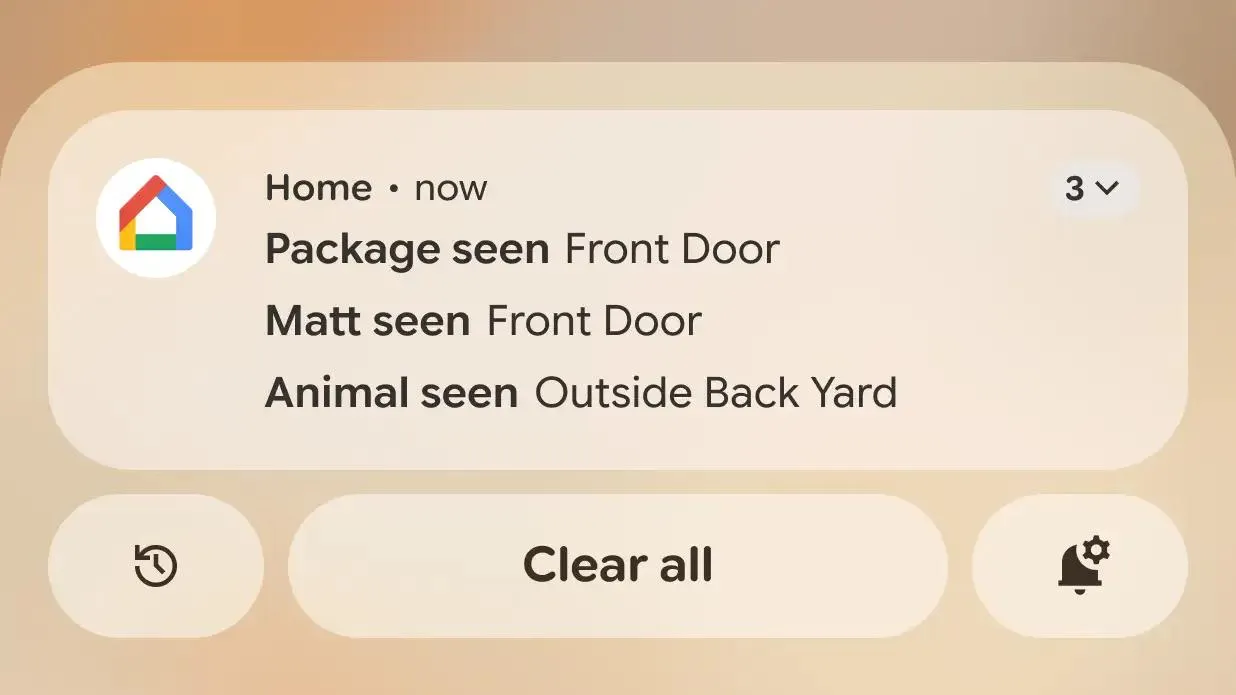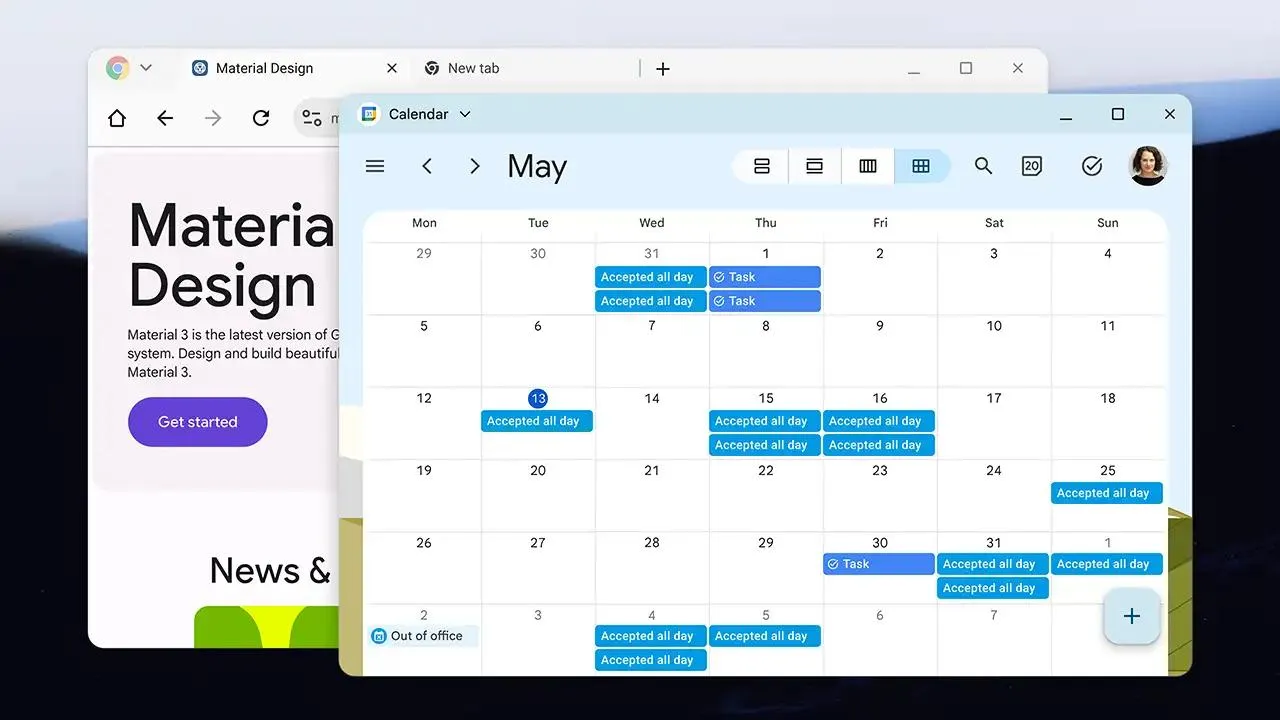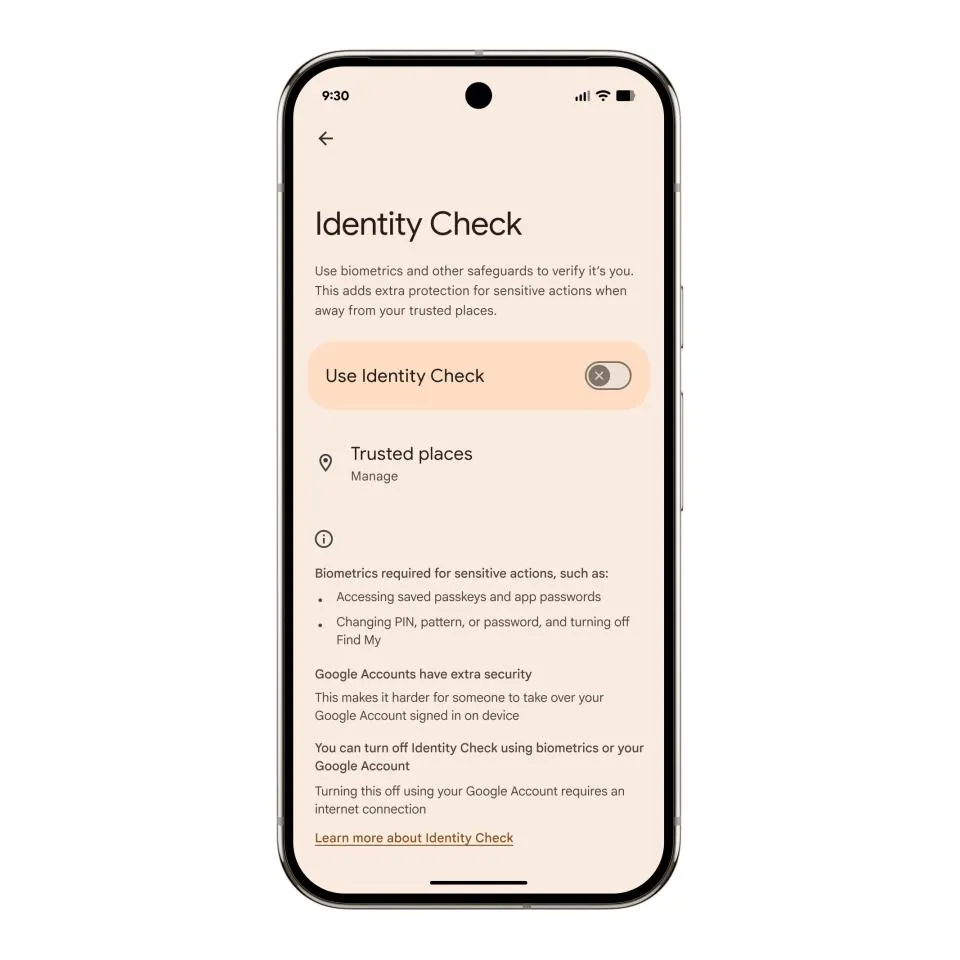Android 16 is the latest OS released by Google for Android-supported devices. This operating system will commence rolling out from Jun 11, 2025 on Pixel devices at first. Google states that the version released is stable and there will be future updates to improve the OS and add new features. The rollout process is not very simple and will be region-wise based on device eligibility.
The Android 16 rollout has already begun on 11th June, 2025 as an OTA (Over The Air) update to selected Pixel devices only. Although the stable version is being released, unlike previous years, this version will not have all the features, like a new redesigned interface or advanced battery tools.
These features and more will be gradually released when the Android 16 QPR1 is released. The QPR stands for Quarterly Platform Release 1, which will be rolled out after 3 months of the initial Android 16 release.
There is no information as of now on which regions and time zones will receive the Android 16 update. The software will be updated on Pixel phones first. Later on, other Android phone developers will update later after integrating their skins and interfaces, like OnePlus will push OxygenOS update with Android 16 features.
Read Also: Android 16 Vs iOS 18.2: Which One To Choose?
Which Devices Will Receive The Android 16 Update.
![]()
The Google Pixel smartphones will be the first to receive Android 16 updates, followed by Samsung, OnePlus, Xiaomi, Motorola, and others.
| Google Pixel | Pixel 6, 6 Pro, 6a, 7, 7 Pro, 8, 8 Pro, 8a, 9, 9 Pro, 9 Pro XL, 9 Pro Fold, 9a, Pixel Fold, Pixel Tablet. |
| Samsung | S Series: Galaxy S22, S23, S24, S25
Z Series: Fold 4/5/6, Flip 4/5/6 A Series: A24–A26, A34–A36, A54–A56, A73 M Series: M34–M36, M54–M56 F Series: F34, F54, F55 |
| Xiaomi | Xiaomi 13, 14, 15
Redmi 12, 13 Redmi Note 13, 14 Redmi K70 |
| OnePlus | OnePlus 11, 12, 13
Nord 3, Nord CE 4, Nord CE 4 Lite |
| Motorola | Edge 40, 50, 60
Razr 50, 60 G45, G85 |
Read Also: Android 15 vs 14: What’s The Difference?
What Are The Features Of Android 16?
As of now, Google has revealed that there are no major changes with the Android 16 update, and all new features will be released with the QPR1 update. From what we know, the Material 3 Expressive interface will be included as an integral part of Android 16. This will include new colors, better animations, haptic feedback, etc. Apart from the key features include –
New Enhancements Related To Usability.
The device notifications are more manageable and intuitive. The changes expected are –
- Similar notifications are auto grouped to reduce clutter.
- Live Updates, also known as Dynamic Notifications, will help users to track rides and the progress of delivery.
- Users can preview the previous screen before actually going back.
- Adjust volume and brightness precisely with haptic sliders.
- Refresh rate is adaptive, which means it automatically adjusts the display while you are viewing the content.
- A new user interface (Material 3 “Expressive” Redesign) with better color themes, better typography, fluid notifications across notifications, blur effects, springy swipe animations, etc.
- Revamped Quick Settings & Notifications that include Split layout, Resizable tiles, One-tap toggles for Wi‑Fi & Bluetooth, etc

Improve your productivity using multitasking tools.
Android 16 can enhance productivity using the following features –
One of the upcoming features of Android 16 is Desktop Windowing, which allows users to resize and group multiple app windows for a better experience.
Android 16 will feature keyboard shortcuts that can be customized. This will be helpful for faster navigation and enhancing productivity.
The taskbar overflow feature will help users find the required window among the multiple open apps.

Better Accessibility With Android 16.
Android 16 introduces better accessibility features. Here are some features –
Android 16 can turn your smartphone into a microphone input that can be used to apply your voice to other devices and amplify your voice.
Android 16 can also control the hearing devices so that your phone delivers clear calls in a noisy environment.
Android 16 offers APV professional video codec for high-grade capture/editing and better manual camera controls for color temp, hybrid exposure, etc.

Android 16 delivers Security, Privacy & Trust.
Android 16 is designed to protect data and privacy so that a secure platform can be created for users using Android 16. Here is how that is possible.
The Identity check feature has been upgraded to ask for biometrics when the user navigates outside trusted locations. This will prevent any sort of account hacking.
The new Trade In Mode allows users to get access to trustworthy diagnostics. This will improve the trade-in experience.
Android 16 offers Advanced Protection from malicious apps, online attacks, scammers, and unsafe websites.

Other Miscellaneous Features.
- Built-in Linux virtual machine to run GNU apps via Android Virtualization Framework.
- New Dev tools that include runtime tracing, media APIs, and vertical text support for developers.
- Android 16 includes the HyperBoost Engine for faster launches as well as a dimmer display mode for improving performance when in low-light environments.
- One-time access and cloud integration (Google Photos).
- Enforcement of app resizability & orientation for tablets/foldables.
- Gesture demo tutorial, quick app drawer shortcut, long-press app preview actions.
- Vertical text support and enhanced keyboard settings.
Conclusion – Should You Go For Android 16?
Android 16 is the latest Android update OS and will gradually roll out to most devices. The users will not have a say as they will have to update their phone sometime or the other. As for users with smartphones that will not receive the Android 16 update, it is too early to say where they should purchase a new device just to experience Android 16. Only time will tell, after the first QPR1 update releases, and we get a clear picture of the differences between Android 15 & 16.






Leave a Reply